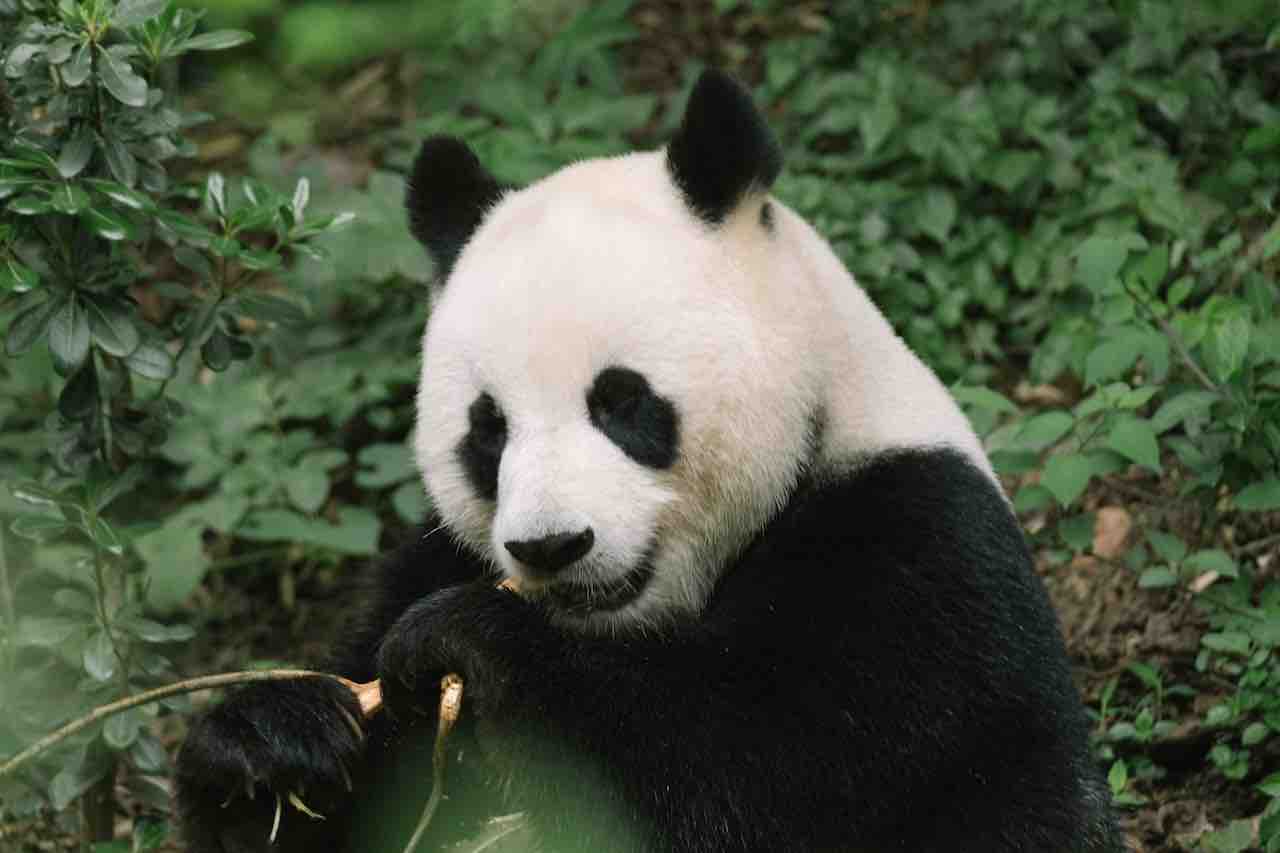Google Updates: Panda 2.2 Discussion Board
With Panda 2.2, Google continued its yearlong assault on low-quality and scraped content. If you recall from our other Panda Updates posts, the original Panda targeted content farms, Panda 2.0aimed at helping to return the highest-quality result for your search, while Panda 2.1 also targeted quality, but only affected just a small handful of websites.

On June 21, 2011, Panda 2.2 was released. Google’s Matt Cutts explained that, officially, the purpose of Panda 2.2 was to improve scraper detection.
“Scraping” refers to copying information from other sites and placing it on your own, without giving credit to the original author. You can do this easily yourself by using the copy-and-paste function on your computer, but there are also automated tools that do this. This has long been a major problem on the ‘net.
What is “unique” content and how can I avoid Google penalties related to content?
You’ve asked a great question! No one really knows how to define exactly what “unique” means. SEO experts believe that if you created an original article and then rewrote a new one, somewhere between 50-70% of the words in the new one must not appear in the original.
Don’t think that we’re teaching you how to copy someone else’s content and not get caught! Rewriting your own content for distribution to other sites can be an effective part of an SEO strategy.
When marketing articles, you may distribute the same article to a handful of targeted sites, or you may distribute it to hundreds of sites. Some sites may want what we just discussed to be an “original” article. So, you may rewrite the same ideas in the article, but use mostly different words than before.

Panda 2.2 Isn’t What Would be Considered an “Algorithm Change”
While Panda 2.2 did no doubt affect a good handful of websites, Danny Sullivan, of Search Engine Land, explains Panda 2.2 was a manual update. Instead of being a permanent change, each Panda Update is more like a computer program run manually by one of Google’s engineers.
The first four Panda updates (the original Panda, Panda 2.0, Panda 2.1, and Panda 2.2) each had about 6 week or so between each update. If you were affected by the original Panda, and then made changes to follow Panda’s guidelines, your rankings still wouldn’t be updated until the release of Panda 2.0.
In this sense, Panda has been more of a manual update. “Algorithm changes” would be changes implemented at one point in time, but then carried out by Google automatically on an ongoing basis. An example would be Google’s Mayday Update (implemented in 2010), which focused on increasing the quality of long-tail keyword search rankings.
It’s Easy to Avoid Being Hurt by Panda
If you’ve been reading our entire series on Google Panda, you’ve probably realized that avoiding Panda’s ranking penalties is pretty easy. All you need to do is:
- Write well on a certain topic
- Use correct grammar and spelling
- Write an original article
If you follow those guidelines, you’ll easily avoid any of Panda’s penalties.
